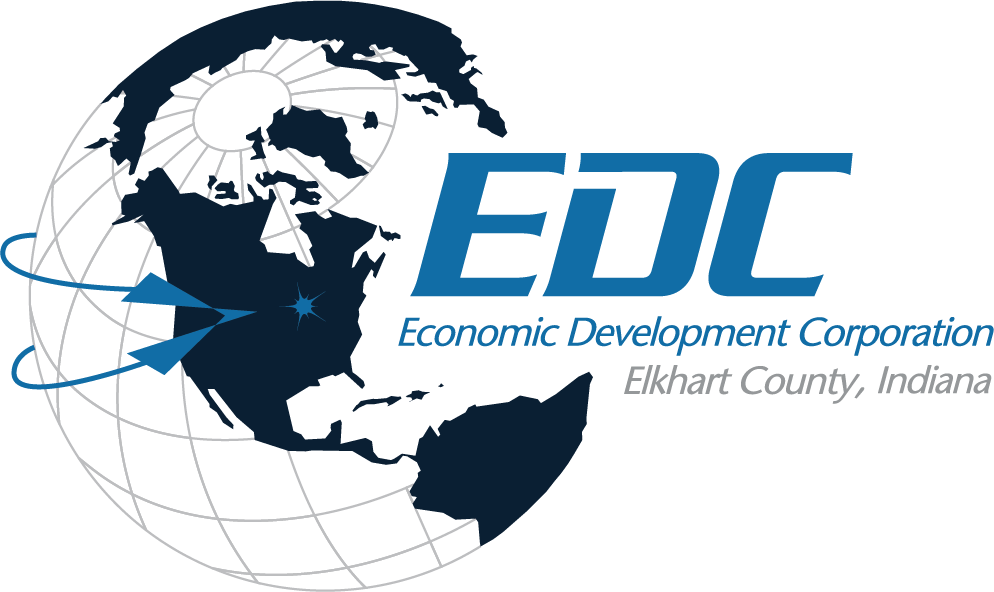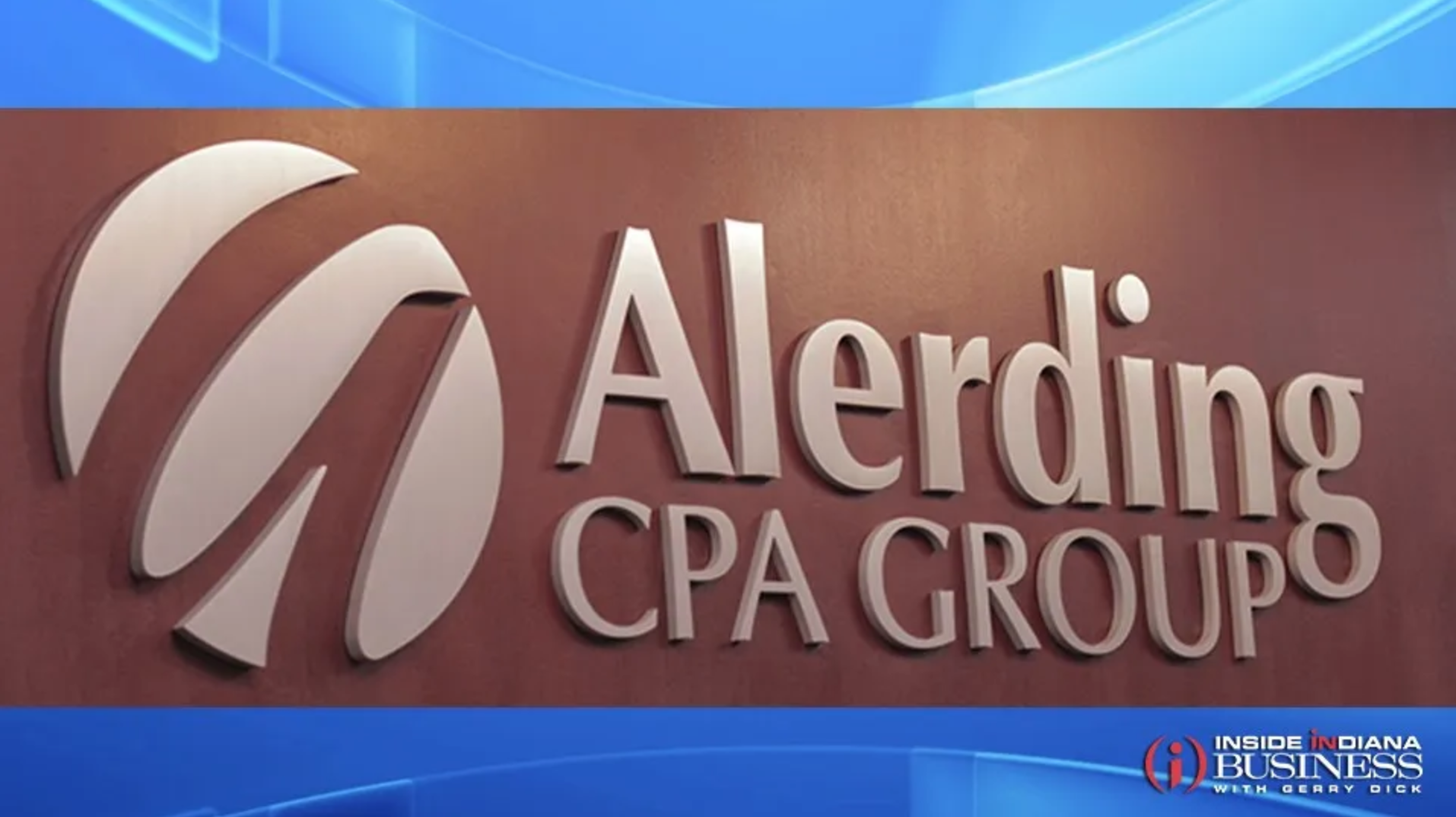Tuesday, July 14th 2020, 9:54 AM EDT | By Alerding CPA Group
Organizations that have been impacted financially by COVID-19 may be able to take advantage of a new, refundable tax credit called the Employee Retention Credit. The credit is designed to encourage organizations to keep employees on their payroll and is worth 50% of qualifying wages up to $10,000 that are paid by an eligible employer. If your organization did not receive a Paycheck Protection Program (PPP) loan and meets other requirements, the Employee Retention Credit could help you sustain your operations.
Does my business qualify for the Employee Retention Credit?
This credit is available to all qualified employers regardless of size, including tax-exempt organizations, who meet the following requirements:
- You have sustained declines in business due to COVID-19.
- You have not taken advantage of a Paycheck Protection Program (PPP) loan.
- You have not taken any other small business loans.
- You are not a state or local government or their instrumentalities.
What is a qualifying employer?
There are two categories of qualified employers:
- The employer’s business is fully or partially suspended by government order due to COVID-19 during a calendar quarter.
- The employer’s gross receipts are below 50% of the comparable quarter in 2019. Once the employer’s gross receipts go above 80 percent of a comparable quarter in 2019, they no longer qualify after the end of that quarter.
How is the credit calculated?
The amount of the credit is 50% of qualifying wages paid up to $10,000 in total. Wages taken into account are not limited to cash payments, but also include a portion of the cost of employer-provided health care. Qualified health plan expenses generally include both the portion of the cost paid by the employer and the portion of the cost paid by the employee with pretax salary reduction contributions. Amounts paid by the employee with after-tax contributions are not included.
What is a qualifying wage?
Qualifying wages are wages that are based on the average number of an organization’s employees in 2019. There are two different measures for an organization, depending on size:
- Employers with less than 100 employees.If the employer had 100 or fewer employees on average in 2019, the credit is based on wages paid to all employees, regardless if they worked or not. If the employees worked full time and were paid for full-time work, the employer still receives the credit.
- Employers with more than 100 employees.If the employer had more than 100 employees on average in 2019, then the credit is allowed only for wages paid to employees who did not work during the calendar quarter.
How do I receive the credit?
While many tax credits are available when filing a tax return, the employee retention credit works differently in that employers can be reimbursed immediately by reducing their required payroll tax deposits. Payroll taxes, which include federal income tax withheld as well as taxable social security wages and tips, taxable Medicare wages and tips, and additional Medicare tax withholding, are taxes that have been withheld from employees’ wages. Generally, these payroll tax deposits are filed quarterly on Form 941, Employer’s Quarterly Federal Tax Return.
When can I start reporting qualified wages?
Eligible employers should report their total qualified wages and the related health insurance costs for each quarter on Form 941 beginning with the second quarter (March 12, 2020). Wages paid through December 31, 2020, are also eligible for the credit.
What if my payroll tax deposits are less than the credit?
If the employer’s employment tax deposits are not sufficient to cover the credit, the employer may receive an advance payment from the IRS by submitting Form 7200, Advance Payment of Employer Credits Due to COVID-19


